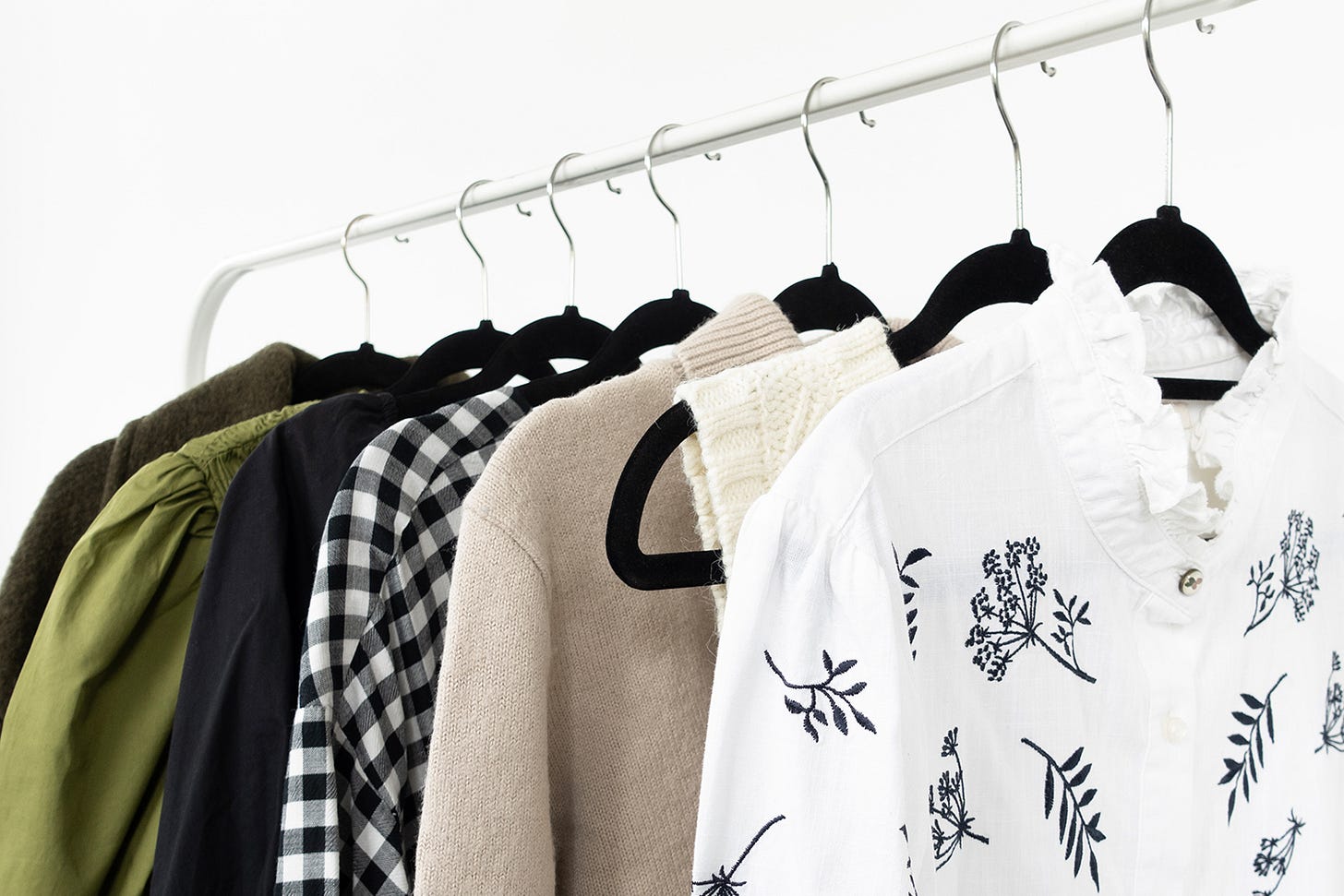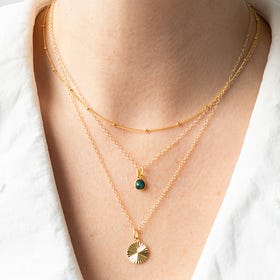Forget the Spending Ban—Here’s What Really Works
These strategies will help you save money without feeling restricted.
Spending bans sound great in theory: stop buying things, save money, and hopefully put an end bad shopping habits. Except that in practice, that doesn't happen. Sure, you'll save money and there won’t be as many clothes cluttering up your wardrobe (for a while at least.)
But will you have actually addressed your shopping habits? Probably not.
Why a No-Buy Won’t Fix Your Wardrobe
When I first started learning about sustainability in fashion and began experimenting with capsule wardrobes over a decade ago, I adopted the so-called "5-Piece French Method." At the time, it was ve…
Maybe this is controversial, but I believe that if you feel the need to ban yourself from something—whether it’s shopping, drinking, or anything else—for a month or a whole year, then there’s a bigger issue going on. And banning yourself from that activity, no matter for how long, isn’t going to fix your unhealthy relationship with it.
Strict rules with no flexibility or grace often backfire, leading to the very thing you're trying to avoid: a splurge as soon as the ban is lifted. You won’t have dealt your impulsive shopping habits, you’ll just have put them on pause.
Spending bans feel restrictive and they often don’t work long-term. Instead of forcing yourself into a rigid no-buy rule that feels like punishment, try these more flexible alternatives that will actually help you change your habits in a way that sticks.
Effective Alternatives to a Spending Ban
Remove Temptation
Spending bans won’t help you tackle the real issue: the constant temptation to buy. Actively removing your spending triggers will.
Recognising what leads to impulse buys—whether it's discount emails, influencer hauls, or endlessly scrolling second-hand apps—will help you make better choices. And the easiest way to avoid unnecessary spending is to remove the temptation altogether.
Unsubscribe from marketing emails, unfollow accounts that make you want to shop, and delete saved payment details from online shops.
For me, that means deleting the Vinted app from my phone. There’s always another second-hand bargain to snap up, but when I’m not actually in need of anything "new," I don't need to keep checking the app.
Wait It Out
Instead of banning all shopping outright, implement a mandatory waiting period before making any non-essential purchases.
Whether it’s 24 hours, a week, or even a month, giving yourself time to sit with the decision can help you figure out whether you actually want or need the item, or if it’s just a fleeting impulse.
Often, by the time the waiting period is up, you’ll have either forgotten about it completely or realised it wasn’t worth buying in the first place. And if you still want it after waiting? That’s a good sign it’s a considered purchase rather than an impulsive one.
Add to Wishlist, Not to Cart
Start a wardrobe wish list. Any time you feel the urge to buy something, add it to the list instead of adding it to your cart. Then, revisit it regularly to check in with your feelings about each item.
Do you still want it after a week? A month? Six months? Would it genuinely improve your wardrobe, or is it just another nice thing to have? This method shifts your mindset from mindless shopping to mindful decision-making, and drastically reduces buyer’s remorse.
I’ve kept a wish list for years, adding everything even vaguely consider buying to it. It’s helped me differentiate between true wardrobe needs and impulse-driven wants. I refer back to it whenever I'm thinking about making a purchase and often find myself wondering why many items made it onto the list in the first place!
Don’t Waste £200 on That “Gold” Necklace
Don’t spend your hard earned money on a “gold” necklace without reading the fine print first—the bit they’ve hidden away in a drop-down menu. You might be shocked to discover it’s not actually gold. …
Restyle to Refresh
The urge to buy something new is rarely about needing it, it’s usually about wanting a refresh. But before you check out, try shopping your own wardrobe instead. Chances are, you already own something similar.
Restyling the clothes you already own, even if it's just rolling the sleeves up or switching accessories, can give you the same fresh feeling without having to spend any money. Sometimes, all it takes is a small tweak to make an outfit feel brand new again.
If an outfit has sparked your impulse to shop, try creating the look using what’s already in your wardrobe. It might not be an exact match, but it’ll be your version of it. I find that once I’ve styled something similar, I no longer feel the need to buy the original item that I so desperately wanted.
Swaps Only
When you find something you really want, make it a rule that you can only get it by swapping or selling something you already own first. One in, one out. This keeps your spending in check while making sure every new addition to your wardrobe is a well-considered purchased.
Having to part with something before bringing in something new really puts your existing wardrobe into perspective. Do you love what you already own enough to keep it, or is it easy to let go?
On countless occasions, this rule has made me realise I don’t actually want the new thing as much as I thought… It's also saved me from cluttering up my wardrobe with a whole bunch of nearly-identical "staples."







